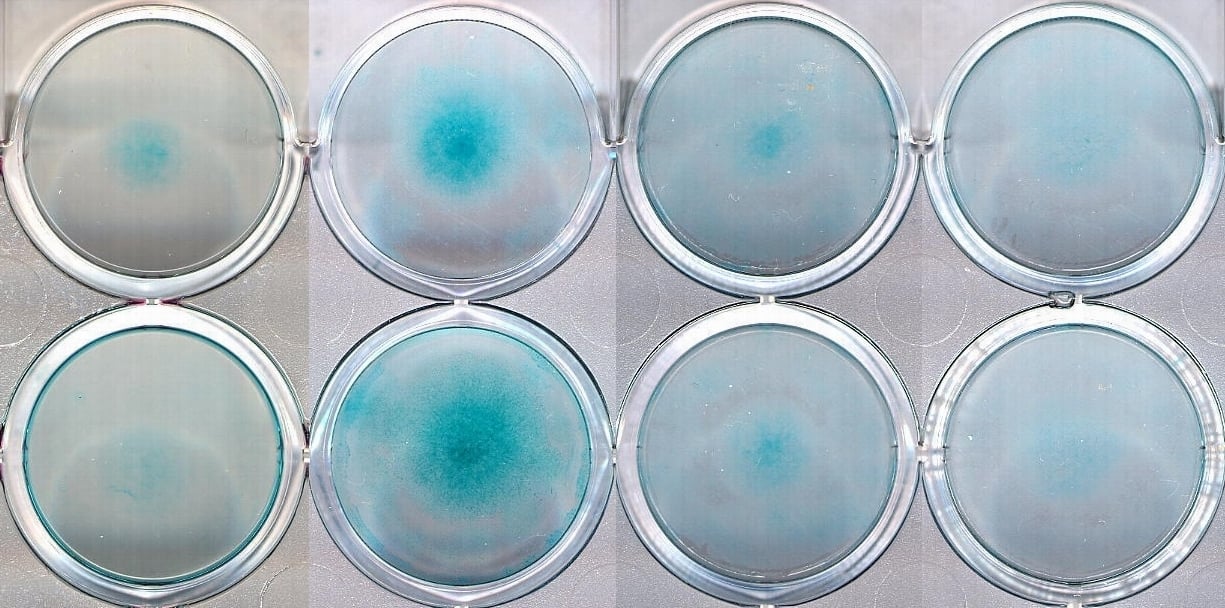| name | Biodegradable Bone Scaffolds |
| classification | Biomaterials, Bone Graft Substitutes |
| pharmacokinetics | Biodegradable bone scaffolds are not drugs in the traditional sense. Their effect is based on their biocompatibility and ability to guide tissue regeneration. Pharmacokinetics are largely irrelevant as the material is absorbed and replaced by the patient's own tissue. The rate of degradation and resorption depends heavily on the specific scaffold material and its composition, influencing the duration of support for tissue regeneration. Specific data are not applicable, as the process is tissue-mediated. |
| suggested dosage | Not applicable. The amount and configuration of the scaffold is determined by the surgeon based on the patient's specific defect size, location, and anticipated healing trajectory. There is no standardized 'dosage' for scaffolds. |
| indications | Biodegradable bone scaffolds are used to augment or support bone regeneration in various situations, including:
* Bone defects after trauma
* Bone defects in orthopedic surgeries
* Bone loss due to disease or infection
* Dental bone grafting
* Craniofacial reconstruction
* Spinal fusion procedures |
| safety in pregnancy | Limited data available. The use of biodegradable bone scaffolds in pregnant patients should be approached with caution, particularly in the first trimester. Potential risks to the developing fetus need careful consideration by the treating physician, weighing potential benefits against risks. |
| safety in breastfeeding | Limited data available. The use of biodegradable bone scaffolds in breastfeeding patients should be approached with caution. Potential for transfer of material to breast milk is a concern that needs to be addressed by the treating physician. |
| side effects | Potential side effects can vary greatly depending on the material of the scaffold and its interactions with the patient's body:
* Infection
* Inflammation
* Pain and swelling
* Delayed healing
* Formation of scar tissue
* Adverse reactions to the biomaterial.
* Necrosis
* Excessive degradation leading to instability |
| alternatives | |
| contraindications | Caution and careful consideration should be made when considering biomaterial use in patients with known hypersensitivity to biomaterials. Potential allergy and immune responses to a specific scaffold should be addressed. Also, active infections at the site of implantation are contraindications. |
| interactions | The interactions are specific to the material and how it interacts with the patient's body and other treatments. There are no drug interactions in the usual sense. |
| warnings | The risks of infection, inflammation, and delayed healing necessitate thorough surgical technique. Careful selection and appropriate use of the scaffold material are critical to reducing complications and achieving successful outcomes. |
| precautions | Post-operative care is essential and must be tailored to each patient and the specifics of their surgery. Surgeons need to assess the biocompatibility of the scaffolds with individual patient tissue and medical history. |
| additional information | Biodegradable bone scaffolds are advanced biomaterials used in bone regeneration. Material properties, such as degradation rate and bioactivity, are crucial to achieving a predictable and safe outcome. The surgeon's experience and patient's specific medical condition are essential factors in the decision-making process. Age, weight, and gender of the patient in isolation are not relevant to scaffold use. |
| patient details | |

